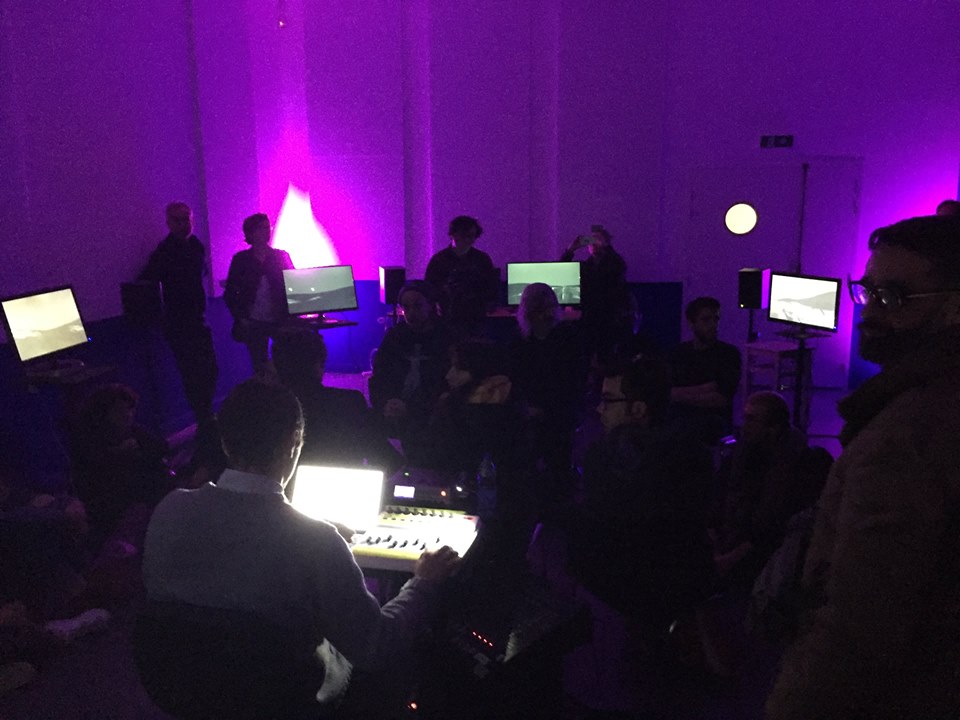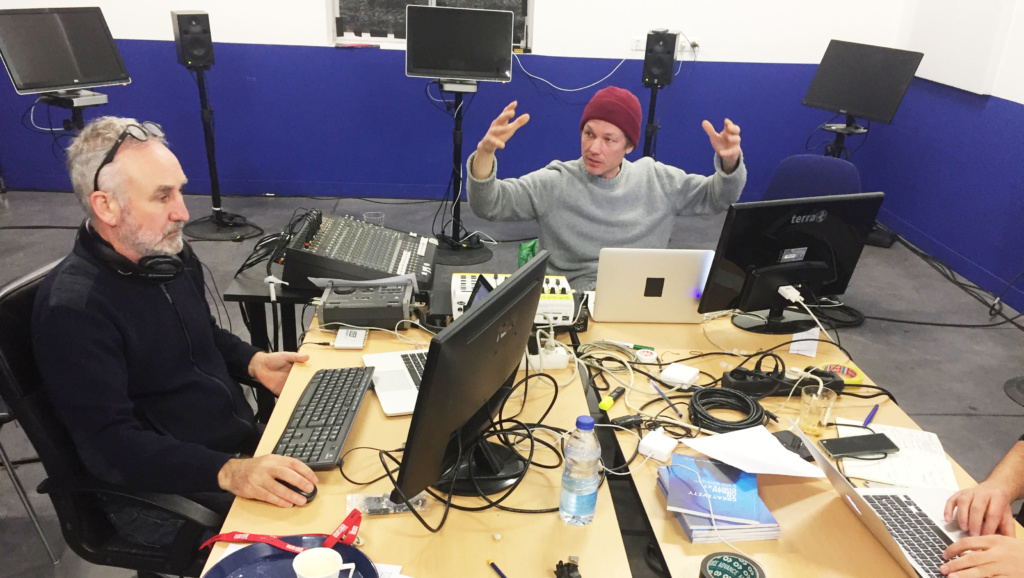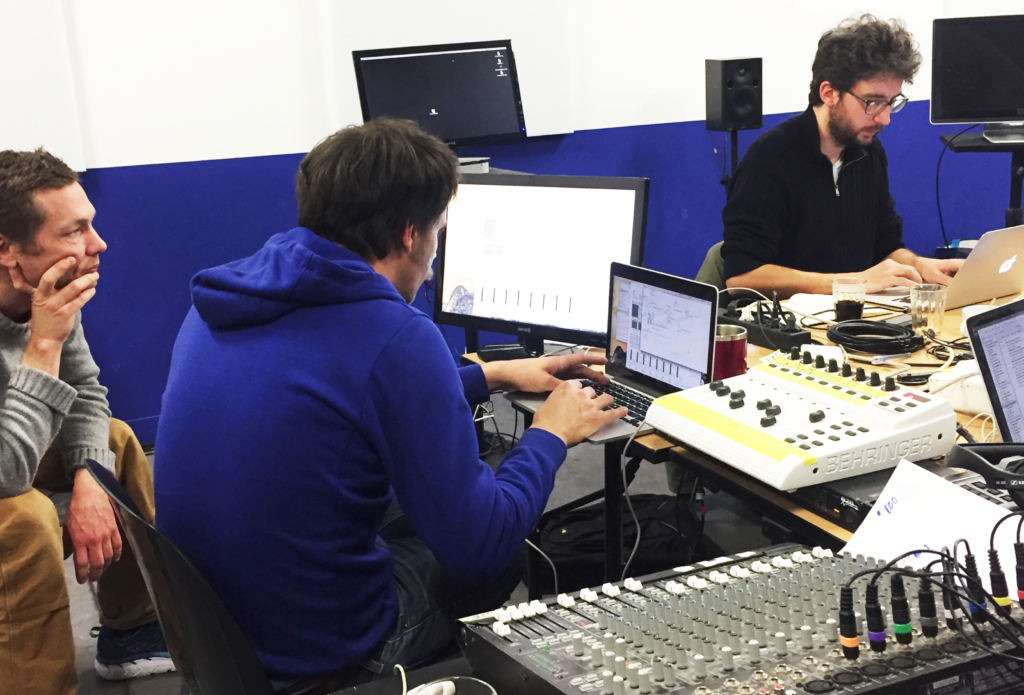
From 19/02 to 02/03, Owen Chapman and Peter Sinclair were in residency at the GMEM in Marseille (National Center of Musical Creation) for the continuation of the City Without Cars project. The first round of this artistic lab initiated by La Chambre Blanche and Seconde Nature took place in Québec in December 2017. To better understand this artistic experience focused on urban mobility, here is a snapshot on what happened in Marseille on the open day of the lab.
City Without Cars is an immersive arts experience, where the audience makes live contributions to produce the artistic content. As a participant of the experimentation, everything starts with an app installed on your smartphone. You can start to use its three functionalities once you are outside of the immersive studio, where the artists are installed. The first step is to walk a certain distance from the studio – approximately 15 mins away. When you have found your starting point, you begin by taking a picture that will be used as an avatar to recognize your participation in the platform once complete.Your second task is to record a sound around you which is also sent along with the picture to the artists. This sound must not include any car noise, and in a city this can be very challenging ! The final step is to click on the button ‘Start Tracking’. This option will give the artists some indicators about your journey back to the performance space, your speed, and the stops you make during the walk. This can be any kind of sound: your steps walking down the street, ambient noises, slamming of a door, voices, wind noise, dogs barkings. One or two new sounds can also be recorded and uploaded during your journey.

From 3 to 10 persons can walk around the district and send their data to the artists. During these important fifteen minutes, Peter Sinclair and Owen Chapman are working on the sounds sent by each participant. All the snippets are remixed through a granular synthesis method. It means that each sound is broken into small grains which is redistributed and reorganized to form new sounds with only subtle relationships to the original recordings.
After the walk, you are invited to reconvene in the studio surrounded by speakers and screens organized in a discontinuous 360 degrees panorama. On the side of the room, a map is projected where all the avatars are moving slowly to let us see their itinerary. These components are immersing the participants into a virtual simulation of the urban space around the performance location. This simulation is built using New Atlantis, a virtual world developed by Sinclair and Chapman within Unity3d (a cross-platform engine used by independent video games like Assassin’s Creed: Identity, Temple Run Trilogy , Kerbal Space Program…).

When the performance starts, unrecognizable sounds are rising, evolving and melting over eachother. The audience feels plunged into a dark and nebulous atmosphere where spatial and temporal patterns are fading. Gradually, the audience discovers an open composition where the sound modulation become the “interpretation” of data fluctuations generated by the smartphones. At the end of the performance, the audience seems to awake from a dream where the broadcasted sounds have silenced (for once) the cars.
During their creative process, Owen Chapman and Peter Sinclair have been supported by two technical facilitators: Jonathan Tanant and Charles Bascou. We would like to thank them for their help and cooperation throughout the residency at the GMEM.

Recent Comments